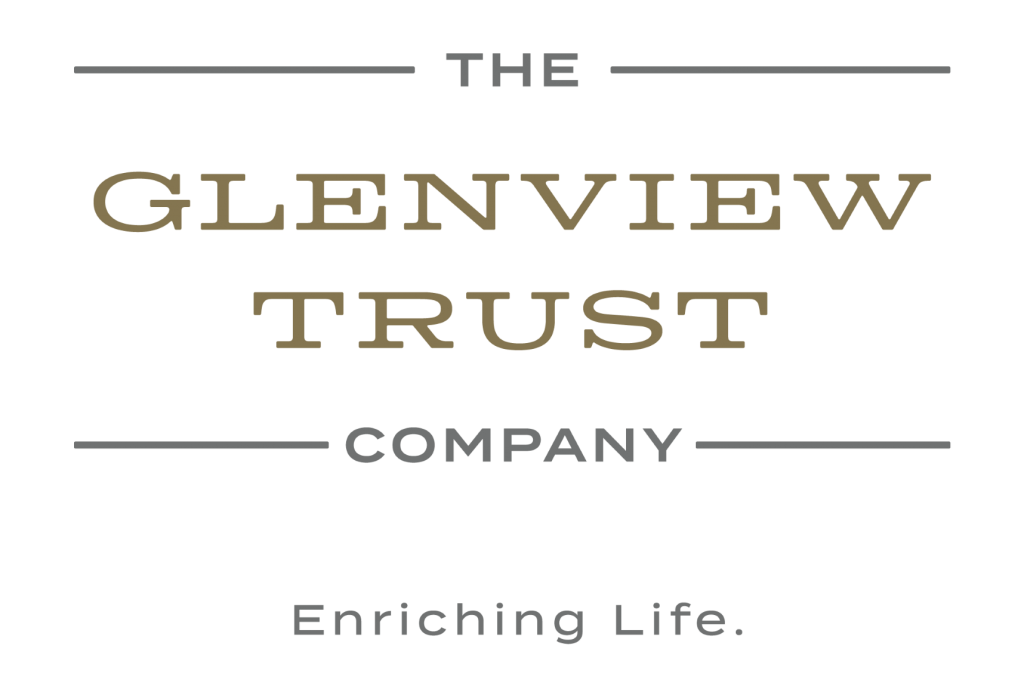How Should Stocks And Bonds Perform In 2022 As The Fed Prepares To Raise Rates?
How Should Stocks And Bonds Perform In 2022 As The Fed Prepares To Raise Rates?
While the crystal ball for 2022 remains cloudy, odds favor rising yields. Stocks have historically been good performers before the first hike, but the ride could get a bit more choppy after the first hike if history is any guide. Omicron adds another level of uncertainty around Fed policy actions.
Will Santa Or The Grinch Visit Wall Street This Season?
Will Santa Or The Grinch Visit Wall Street This Season?
The Santa Claus Rally period starts Monday, December 27, with stocks rising an average of 1.3% since 1969. Time will tell if the seasonal market blessings arrive or if the Grinch will spoil our investors’ holiday. In any case, the odds favor investors remaining invested during the holiday season.
Is The Fed Destined To Spoil The Party?
Is The Fed Destined To Spoil The Party?
History would suggest that the Fed tightening cycle has at a minimum contributed to the economy falling into recession. But real yields indicate room to raise short-term rates before they become restrictive to the economy. Investors should watch the yield curve closely as an indicator of danger.
Small business succession planning
Central Bank Potpourri
Central Bank Potpourri
’Tis the season for central bank meetings with the banks at various stages of removing the extraordinary support. Since the markets are already pricing in a pretty hawkish outcome, the Fed’s faster taper and an increase in the median rate hike forecast should not cause as much market indigestion.
Powell Changes His Tune And Markets Don’t Like His 80s Music
Powell Changes His Tune And Markets Don’t Like His 80s Music
The Fed should vote to speed up the reduction in asset purchases at its next meeting. Market jitters revolve around more possible rate hikes required to break inflation. The level of sticky inflation in the CPI report will be crucial for markets in setting the probabilities of an early 1980s redux.






